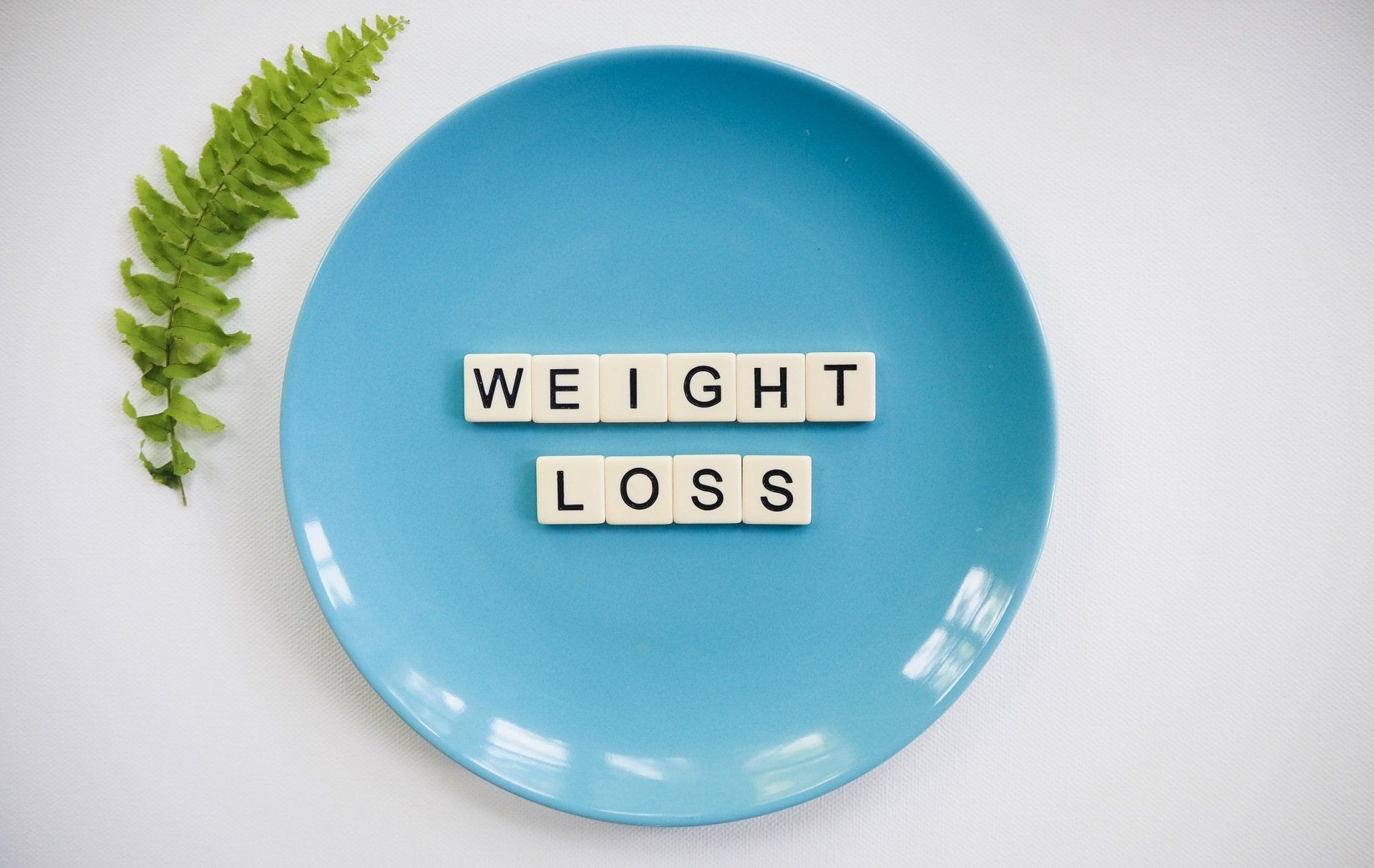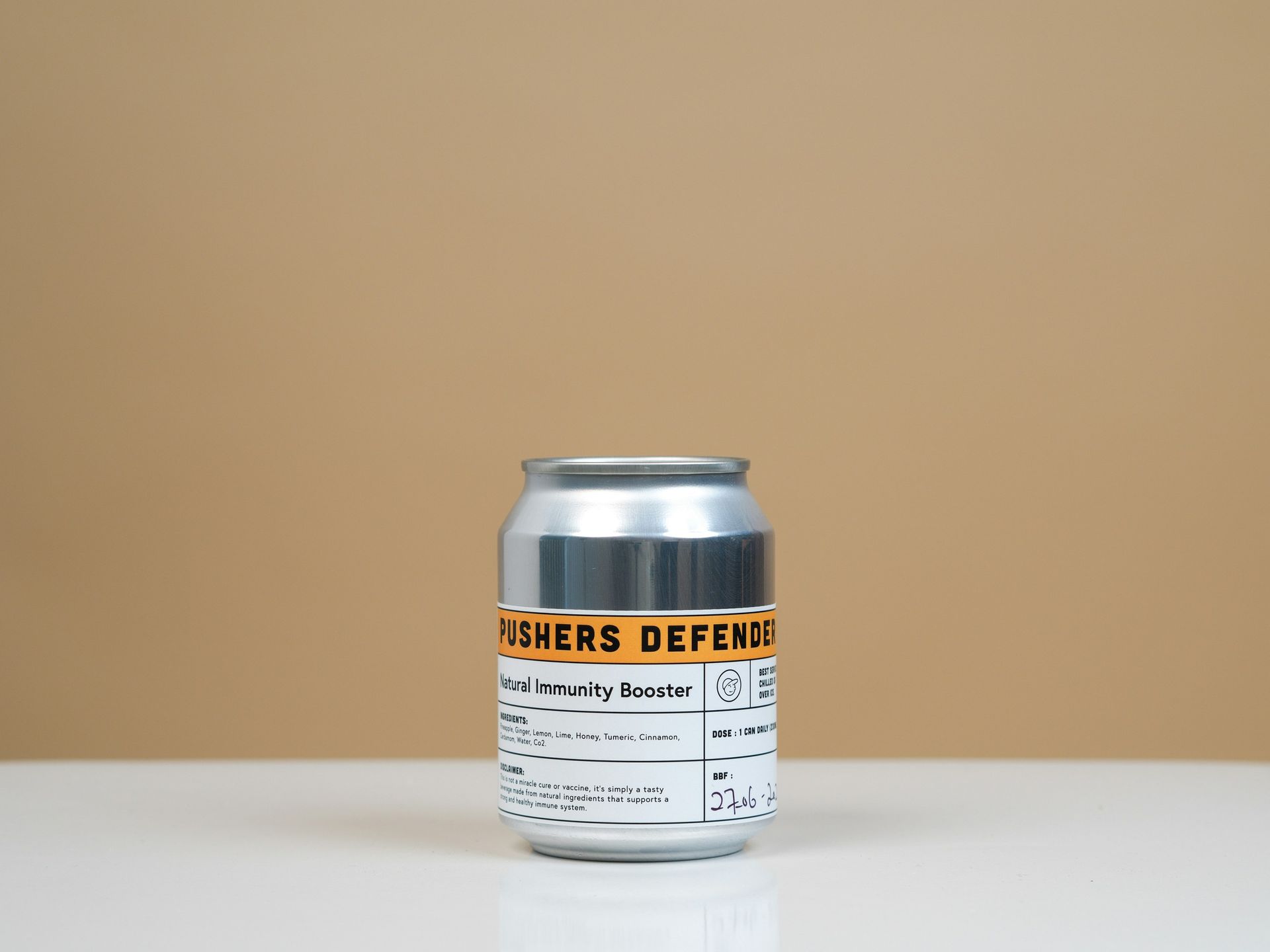The Art of Medicine
July is here. The month of the year when all throughout the United States and perhaps elsewhere in the world, new doctors come into training, fresh from medical school. The interns from last year now become residents and last semester’s students become interns. The first month of training. The month when you should avoid getting ill and pray that you don’t have to check into a hospital. A time when medical interns should begin learning the art of medicine.
It is not just the time when we see a high rate of medical errors, but also a time when bedside manners , or rather the lack of manners, become very visible. New doctors , anxious but excited, armed with extensive checklists and medical books, eagerly assume their new duties.
No time for empathy?
I recall my time as a budding doctor, a first year medical intern in week one, rotating through a county hospital ward. I had on a newly starched white coat, my double barrel heavy duty stethoscope, a tiny spiral notebook, fifty index cards, and a then “fancy electronic calculator with phone directory and calendar capabilities.” The place was clean but was far from luxurious. The patients were mostly of low income status, and the food that was passed out in melamine trays looked no different from the day before. Some of the patients were residents of the nearby county jail (a.k.a prisoners), were handcuffed and dressed in orange jumpsuits, and were always accompanied by police escorts. Nurses seemed to speak to us interns and to patients in a loud volume, and I found no gestures of politeness anywhere. Scenes from the TV show St. Elsewhere began to look pretty good by comparison. Suddenly, through the loudspeakers, we hear CODE 64!!!* A crash team sped out of nowhere towards Mr. Green (not his real name), my assigned elderly patient. He was all of 64 years old, a frail army veteran who was perpetually in and out of the hospital with bouts of pneumonia and COPD. This time however, his fever would not break, and his breathing got worse and worse with each passing day. Out of nowhere, a critical care cart came rushing towards my now critically ill patient, surrounded by a team of medical staff frantically trying to resuscitate him. After what seemed like eternity, the night float resident rushed out of the room and threw his gloves and mask on the floor. “Another one bites the dust!”, he shouted, and then ran off to his tiny call room, eager to catch a few moments of pillow time. By this time the nurses were seen scurrying over to clean up the clutter from the recently concluded code.
Amidst the clean up, the ward clerks mentioned that no family members were around. I then overheard the other night float intern calling up the relatives of the newly deceased. It was our late night shift and close to midnight. Finding no one at the other end, he nonchalantly proceeded to leave a voice message announcing the passing of Mr. Green, hung up the phone, and continued to sip his coffee. I was stunned. Is this bad manners? Ignorance? Or just indifference?
Empathy is something that is expected of doctors, yet it is not something that is formally taught. Some doctors become masters of the science of medicine, but sadly, not of the “art “of delivering bad news.
Is it because we are used to seeing patients as specimens rather than as human beings?
The gift
Suddenly I felt a pair of eyes on me. It was the anesthesia resident. He motioned to me to come and approach my patient . “Take this and intubate him”. He showed me a stainless steel contraption that looked like a giant shoehorn of a torture device. It was some kind of a surgical tool, used to help pry open the airway and allow one to easily see the vocal cords. I was supposed to tilt Mr. Green’s head backwards, as far as I could go, peek into his throat, try to find his vocal cords at the end of it. Once the cords were in sight, I had to deftly insert the airway tube in between the cords into the lungs. I realized with a bit of horror but fully understood what he meant. “This is your golden opportunity to practice how to INTUBATE, to insert an airway tube into a real human being”. “Don’t worry, we practice on deceased patients all the time, and it is perfectly acceptable here. How else are you going to learn? Now quick! You only have 5 minutes before the caretaker arrives! ”
But this wasn’t just a specimen. He was a bit ashen but was still warm and supple. He was still human, Mr. Green, MY patient. Silently asking for forgiveness, I bit my tongue, and drew the curtains around his bed, so as not to show his demented roommate what we were doing. Surprisingly, it was a fairly easy task and in less than two minutes the deed was done. I successfully inserted the tube and inflated the ambu bag. His chest rose with each compression of the bag, indicating a successful intubation. Giving me the thumbs up, the resident shook my hands and congratulated me on my new achievement. Removing the tube, I glanced at my motionless patient. Closing his eyelids, I wiped his face, and gingerly draped him with a clean sheet. Looking at his tired face for the last time, I silently thanked him for his role in educating me, his last gift to humanity.
Balancing the science with the art
There is a delicate balance between learning the science of medicine, and learning to be a better human being. It becomes too easy to develop a degree of callousness during one’s medical education. One must have a tough personality, yet try not to lose sight of compassion at the same time. Not everyone will have the stomach to be able to dissect a cadaver amidst the aroma of formaline, endure long sleepless nights of study, subsist on coffee, Ramen noodles and buttered bagels, miss out on social engagements, stand in rounds for hours on end until your shoes and knees give out, and see favorite patients suffer and die. But in the end, the satisfaction of being able to gift the less fortunate with your future knowledge, is priceless.
*code 64 - “cardiac arrest” alert, followed by members of the critical care team rushing over to the scene and embarking on a full effort to resuscitate the patient
**ambu bag- https://en.wikipedia.org/wiki/Bag_valve_mask





